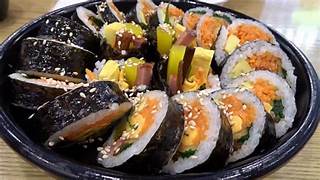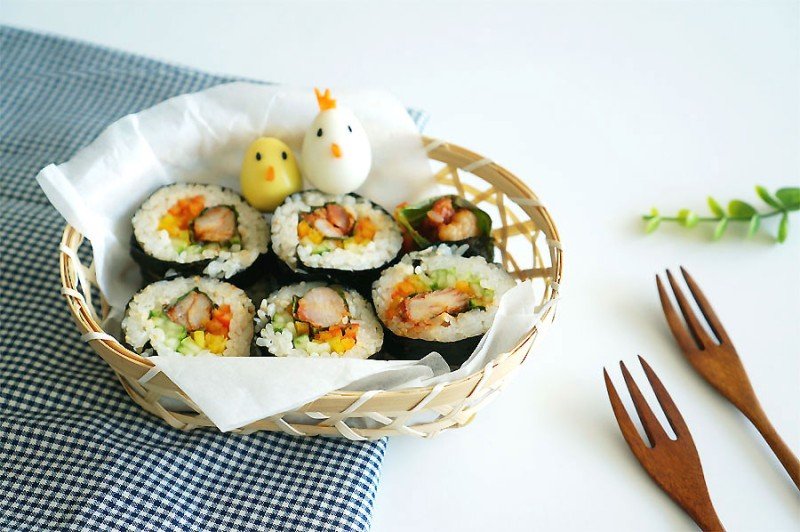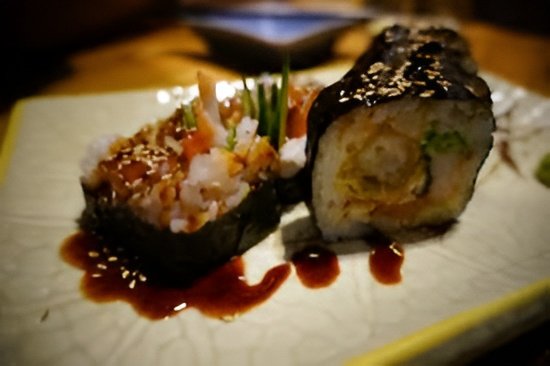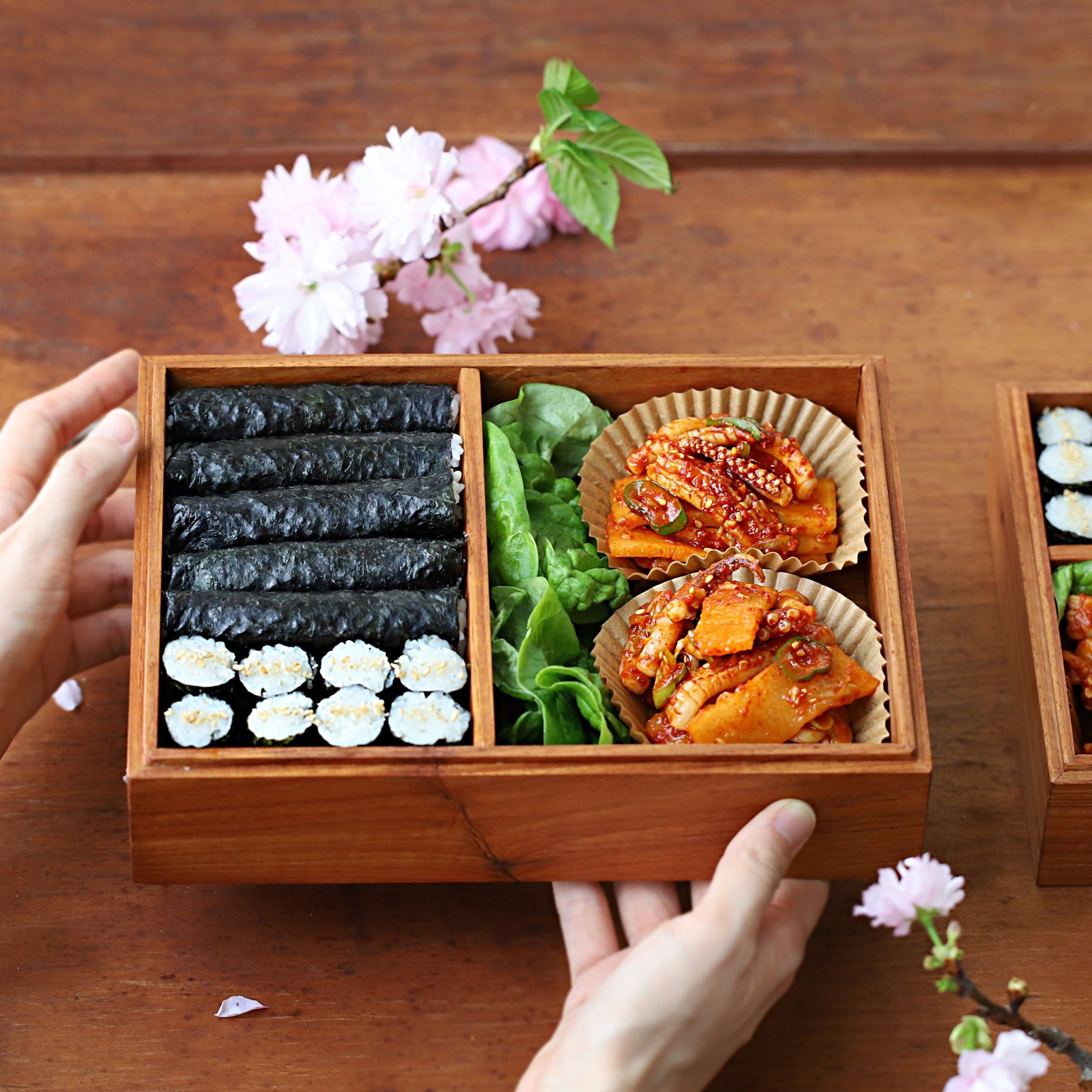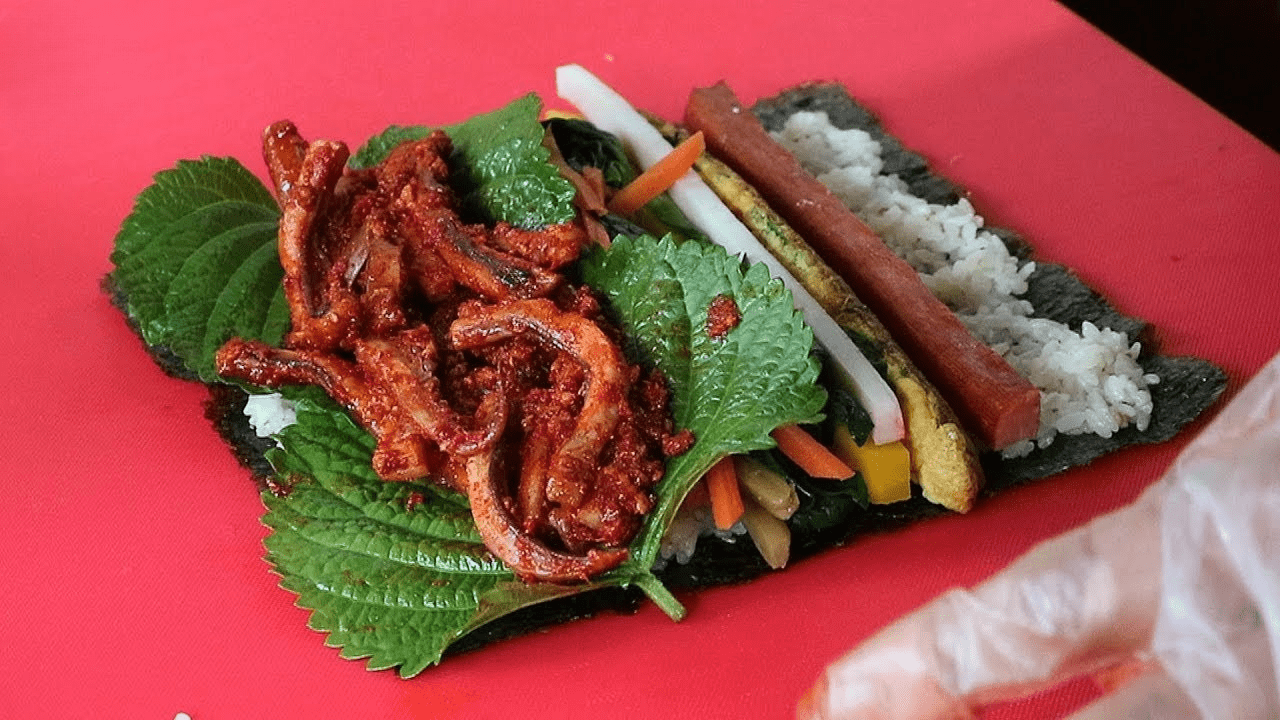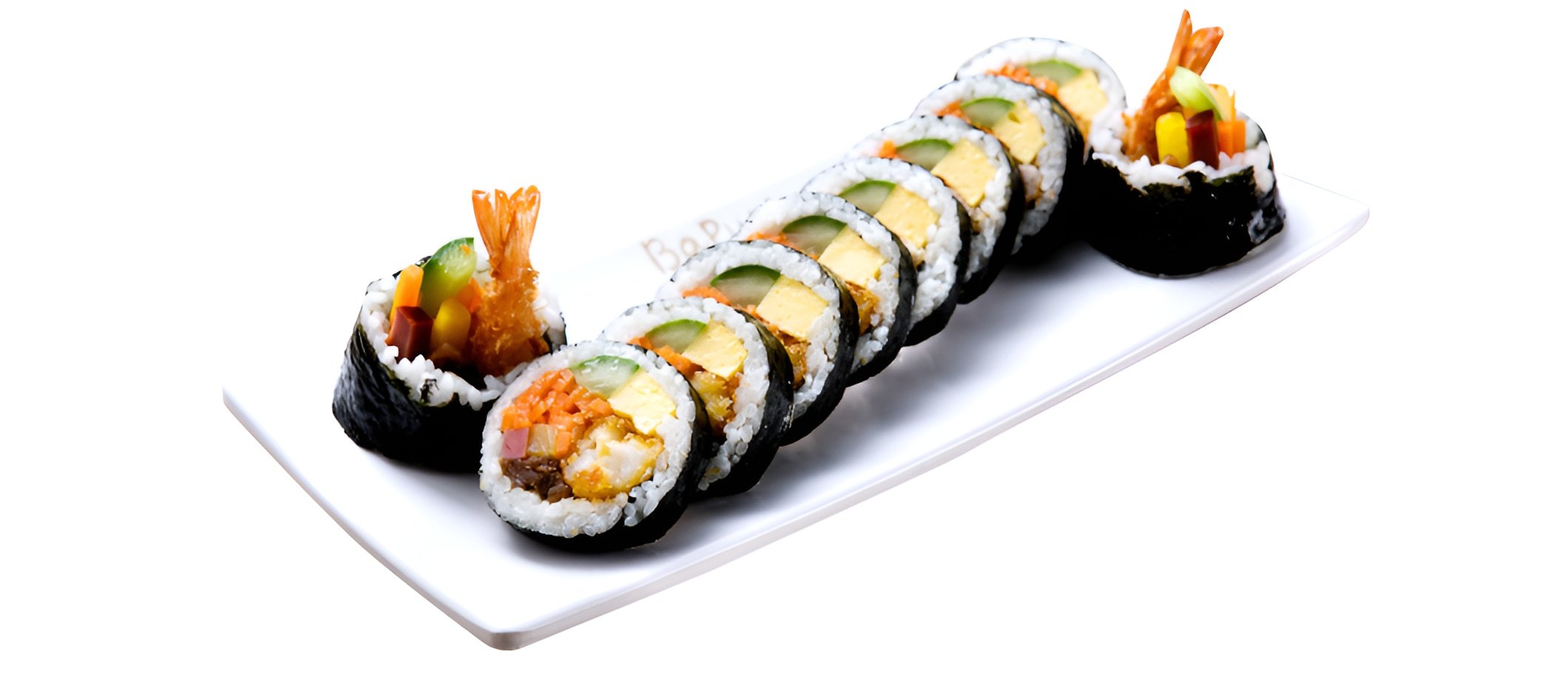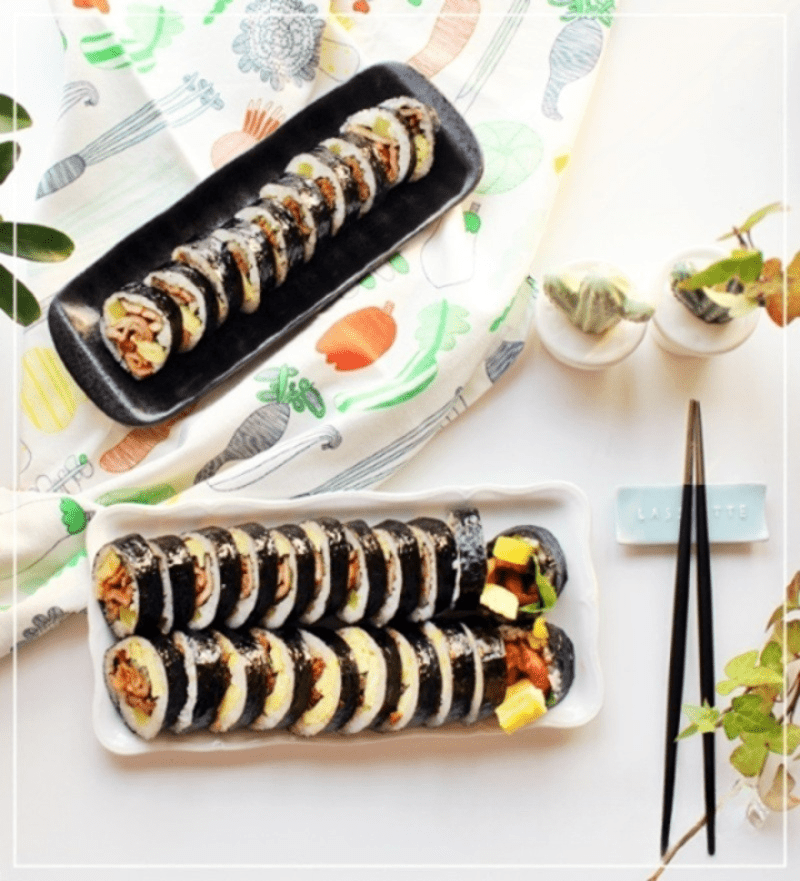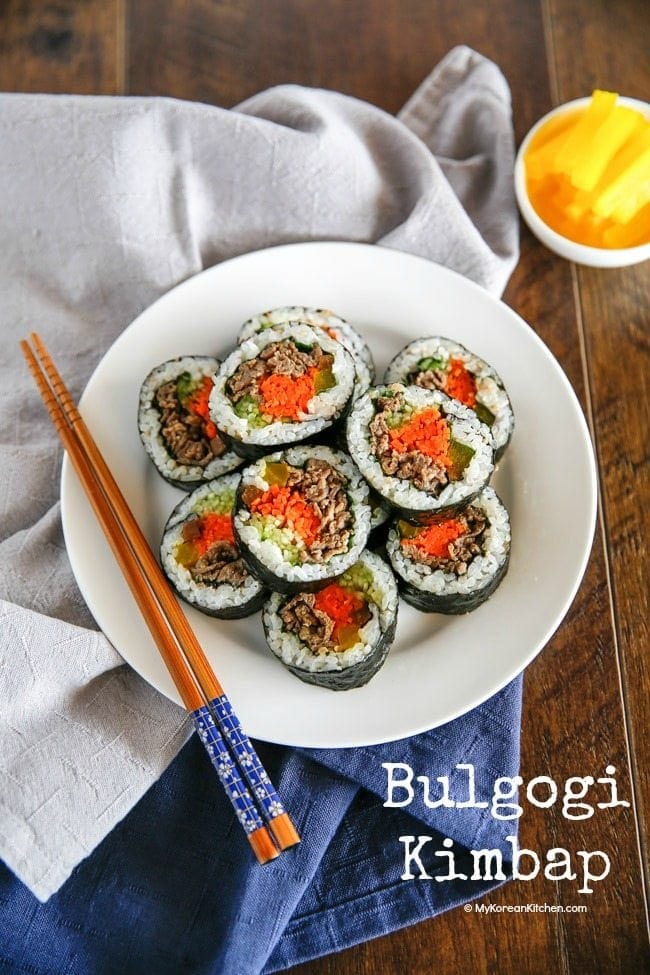아무거나 김밥 (Everything Kimbap)
아무거나 김밥
아무거나 김밥 (Amugeona Gimbap), also known as "Whatever Gimbap," is a popular Korean dish that consists of a variety of ingredients rolled in seaweed and rice. It is a versatile and customizable food item that can be enjoyed as a snack, lunch, or even a light dinner option. In this comprehensive overview, we will explore the history, ingredients, preparation, variations, and cultural significance of 아무거나 김밥.
1. History:
Gimbap has its roots in the Japanese sushi roll and was introduced to Korea during the early 20th century. However, it underwent several modifications to suit Korean tastes and preferences. Over time, gimbap became one of the staple foods in Korean cuisine, with various regional variations and fillings. 아무거나 김밥, as the name suggests, allows individuals to mix and match ingredients according to their preference, giving it a contemporary twist.
2. Ingredients:
The basic components of 아무거나 김밥 usually include steamed rice, seaweed (gim or nori), and a variety of fillings. Common fillings include carrots, spinach, pickled radish, cucumber, egg strips, ham, sausage, and various types of fish or seafood. However, the selection of ingredients is not limited to these options, and individuals can incorporate their favorite ingredients to create unique combinations.
3. Preparation:
To prepare 아무거나 김밥, first, the seaweed sheet (gim) is placed on a bamboo mat, known as a makisu. A thin layer of rice is then spread evenly over the seaweed, leaving a small area at the top without rice to seal the roll. Next, the desired fillings are arranged on top of the rice in a horizontal line. Using the bamboo mat, the gimbap is tightly rolled from one end to the other, creating a cylindrical shape. The final step involves slicing the rolled gimbap into bite-sized pieces.
4. Variations:
One of the charms of 아무거나 김밥 is its endless array of variations. Some popular variations include:
- Kimchi Gimbap: This variation incorporates spicy and tangy kimchi along with other traditional fillings.
- Tuna Mayo Gimbap: In this version, canned tuna mixed with mayonnaise is used as the filling, giving it a creamy and savory taste.
- Bulgogi Gimbap: Thinly sliced marinated beef (bulgogi) replaces the traditional ingredients, adding a deliciously tender and flavorful twist.
- Cheese Gimbap: Melted cheese is added to the fillings, creating a gooey and indulgent gimbap experience.
These are just a few examples, and the possibilities are almost limitless. 아무거나 김밥 truly empowers individuals to experiment with different ingredients and flavor combinations.
5. Cultural Significance:
아무거나 김밥 holds cultural significance in Korean society. It is often enjoyed as a quick meal, a school lunchbox item, or a picnic snack. It can be easily found in street food stalls, convenience stores, and traditional markets throughout Korea. The portable nature of gimbap makes it a popular choice for outdoor activities and a go-to option for people on the move.
In summary, 아무거나 김밥 is a versatile and customizable Korean dish that provides a delightful culinary experience. Its rich history, varied fillings, and cultural significance make it a beloved part of Korean cuisine. So, whether you are a fan of Korean food or simply looking to expand your culinary horizons, 아무거나 김밥 is definitely worth trying.
